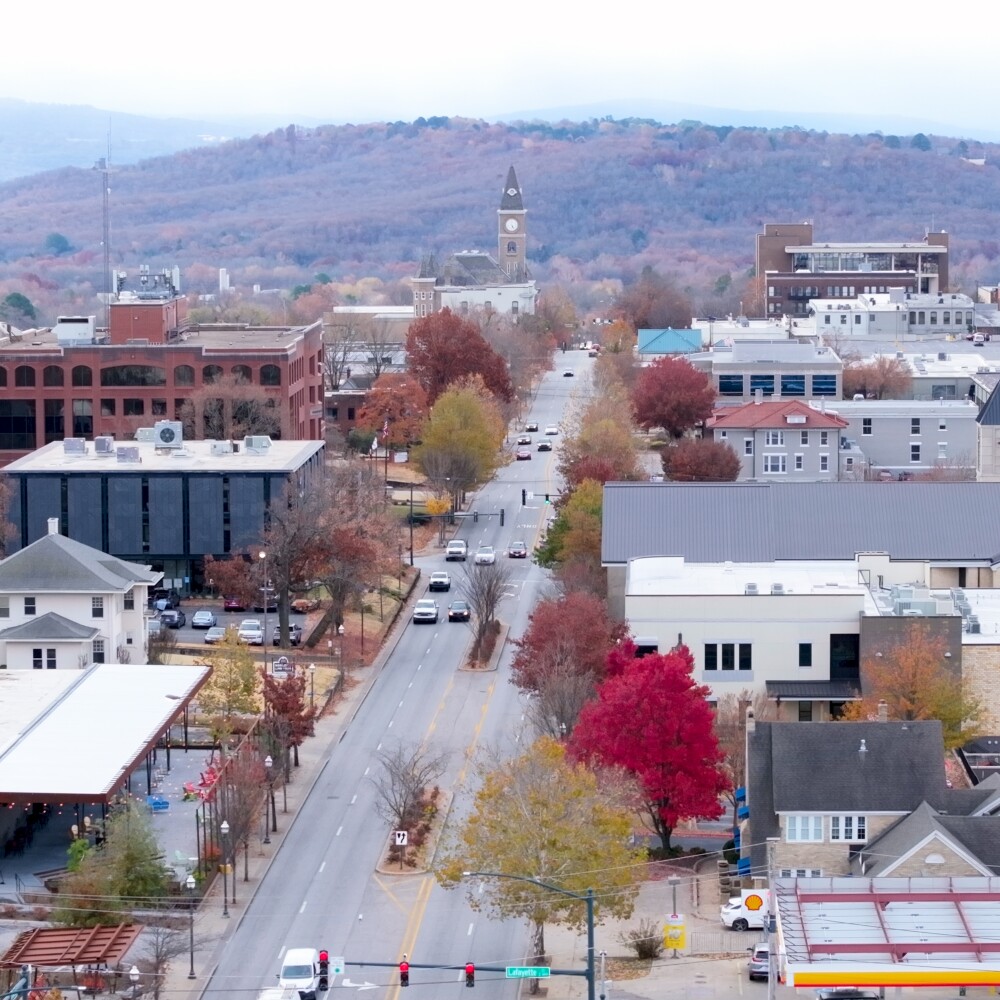
-
Protecting Water in the Mississippi River Basin
- Protecting Water in the Mississippi River Basin
- From Farmland to Forest
- Restoring the Gulf Coast
- The Future Depends on Water in the West
- Restoring the Colorado River Delta
- Sustainable Fisheries Protect Ocean Health
One of the key challenges of our time is making sure we have enough healthy water for nature and communities to thrive together. Over the past five years, foundation grantees, governments, major industries and communities united to reach important achievements to protect water and help ensure a more healthy environment for generations to come.
The Mississippi River provides drinking water for 20 million Americans in 50 American cities while supporting agriculture that feeds a hungry world.
The Mississippi River contributes to the economy and the health of American communities. In turn, managing agricultural soil to reduce runoff, and protecting and restoring riverside habitat, is key to the river's health.
The hard work of grantees helped secure $760 million in public conservation funding to improve water quality in the Mississippi River Basin, contributing to the restoration of more than 60,000 acres of Mississippi River wetlands and forests. Funds are focused on reforestation and land restoration efforts, planting cover crops and working with agricultural companies to improve their practices.
The Gulf of Mexico is a vital part of America’s economy. Five Gulf states provide 10 of the nation’s 15 largest shipping ports, support a $34 billion tourism industry and account for 40% of all seafood harvested for the lower 48 states. Yet coastal erosion is putting the unique communities and culture of the Gulf at risk and threatening the livelihoods of generations of farmers, fishers and others. From major storms like Katrina and Rita, to stronger hurricane seasons each year, to the oil spill a decade ago – the challenges facing the Gulf coast require a large-scale effort.
There’s more to do, and progress is happening each day. Organizations and individuals on the ground and across the nation have helped leverage $100 million in grants for $8 billion of public funds to support the largest-funded restoration effort in the world.
Protecting the quality and quantity of the water in our nation’s rivers is vital to ensuring safe and plentiful drinking water for communities and irrigation for thriving agriculture. The Colorado River is a crucial, bi-national water resource, but right now, the demand for its water is exceeding supply.
There can be enough water for nature and people with responsible resource management. In 2019, in the largest water conservation plan of all time, the seven Colorado River Basin states, the U.S. federal government and Mexico committed to cutting their water use by up to 15%.
Grantees restored native plants, removed invasive plant species along the waterways that feed the Colorado River, and improved river flow in the Colorado River Delta – all of which help keep its waters abundant and safe to drink. These efforts help ensure both the U.S. and Mexico can continue to benefit from the river’s health and vitality.
Restoring global fisheries can be the sustainability success story of the 21st century. Indonesia, Chile, Peru and Mexico adopted far-reaching, impactful reforms that have improved fishery sustainability globally. Today, 35% of global seafood is rated, certified or in a fisheries improvement project, up from 5% since 2009.
Sustainable fisheries ensure that people can continue to depend on this vital resource and help protect the health of our oceans.
Seafood is a primary source of protein for roughly 3 billion people worldwide, yet 93% of global fish stocks are fished at or beyond their biological limit. National and international governments, fishing cooperatives and seafood industry leaders like the Seafood Business for Ocean Stewardship work to transform seafood markets toward sustainability – because taking care of fish means taking care of the ocean.




